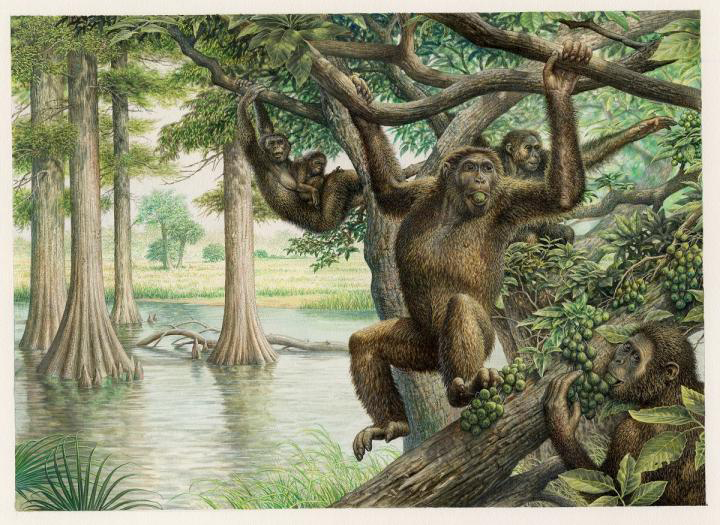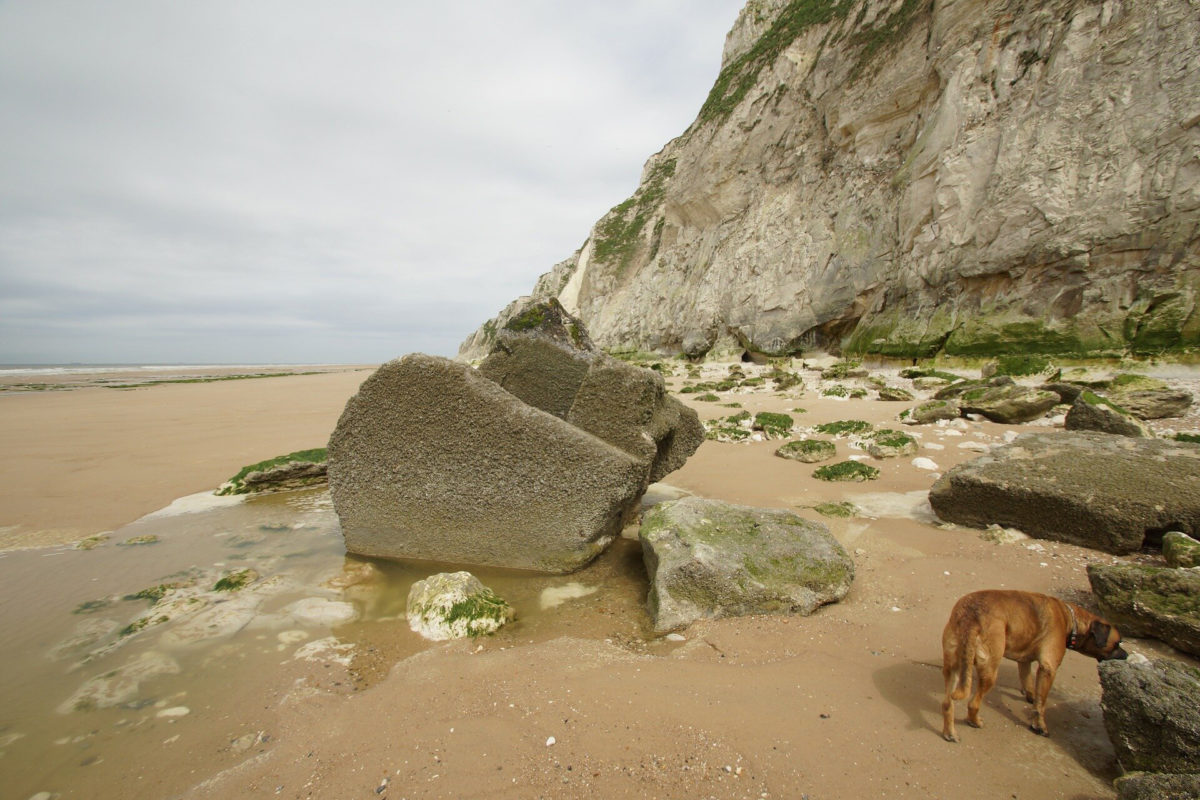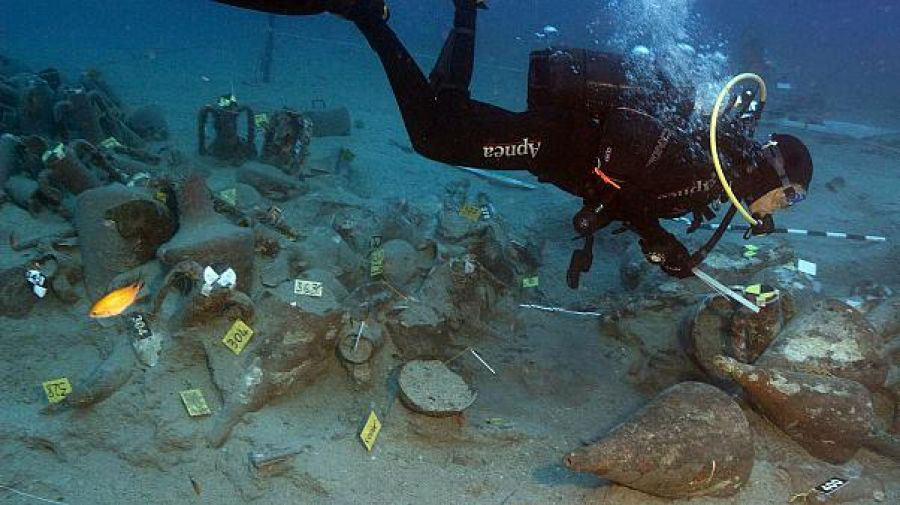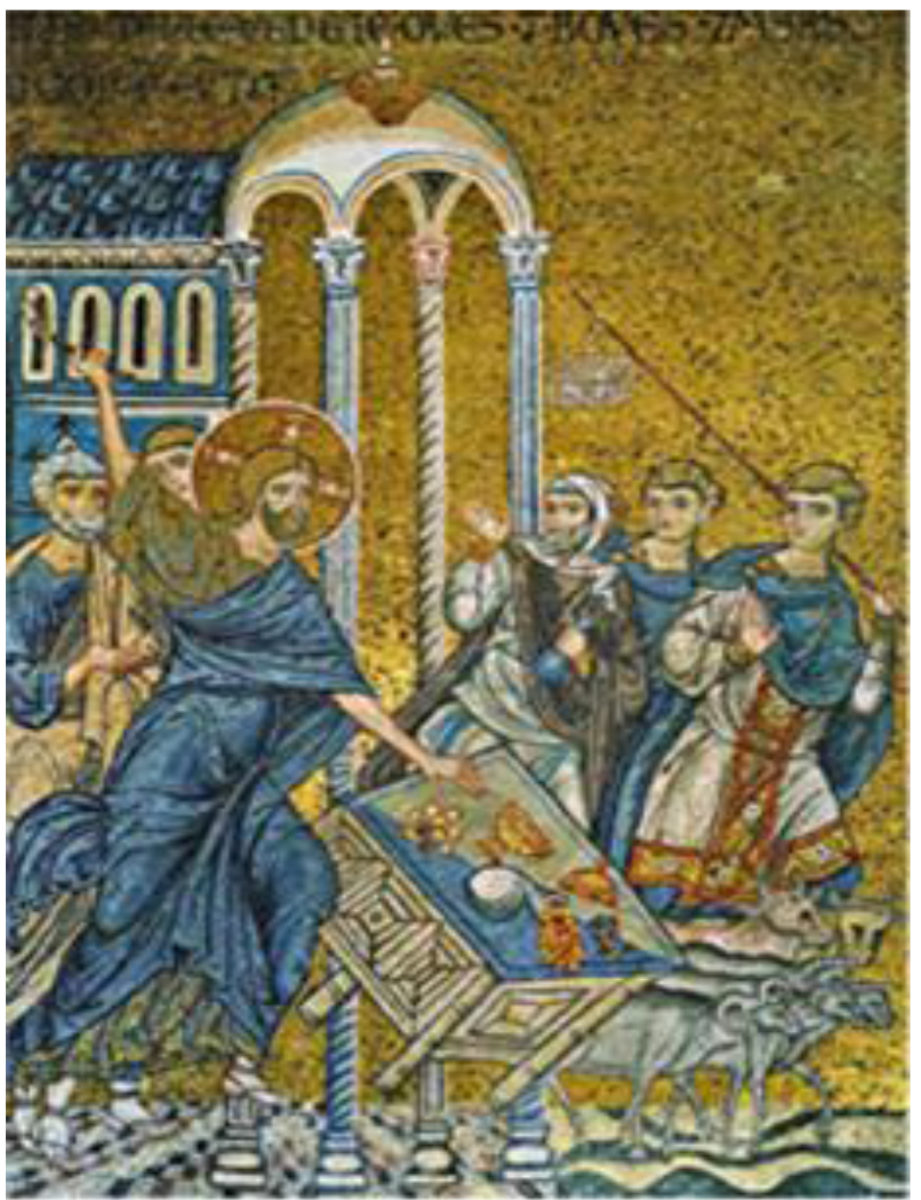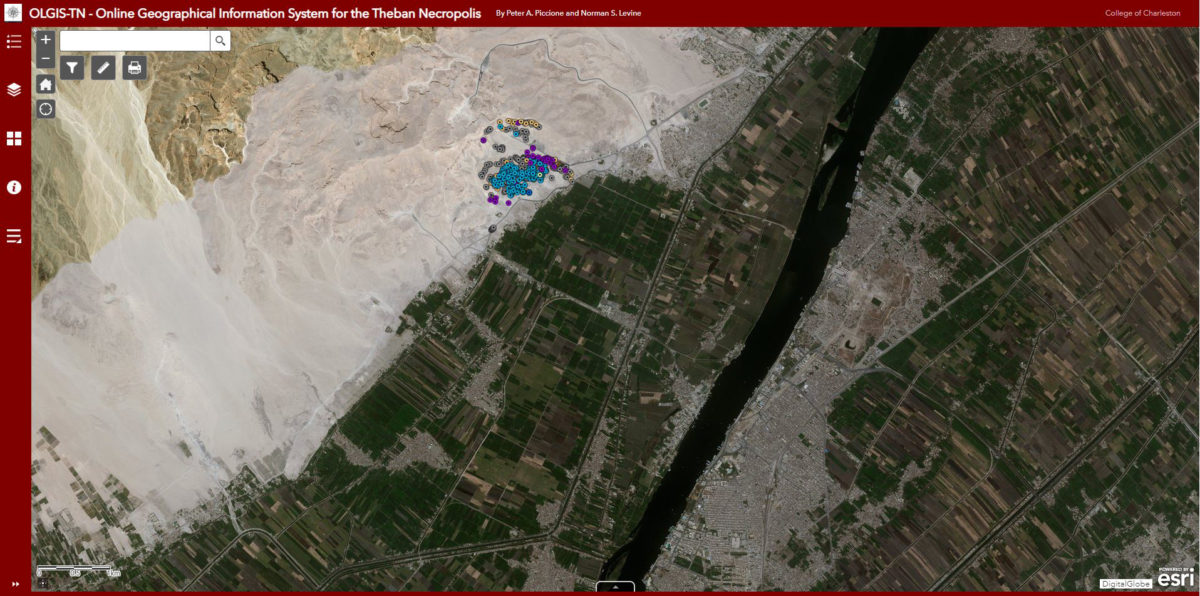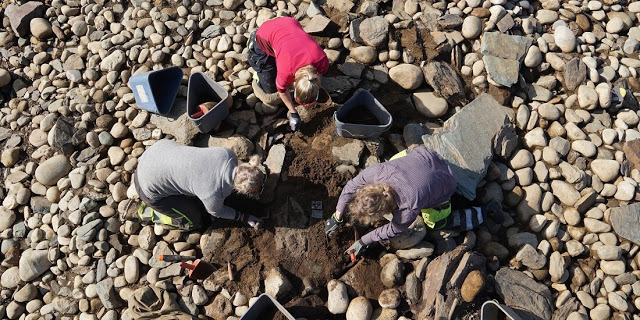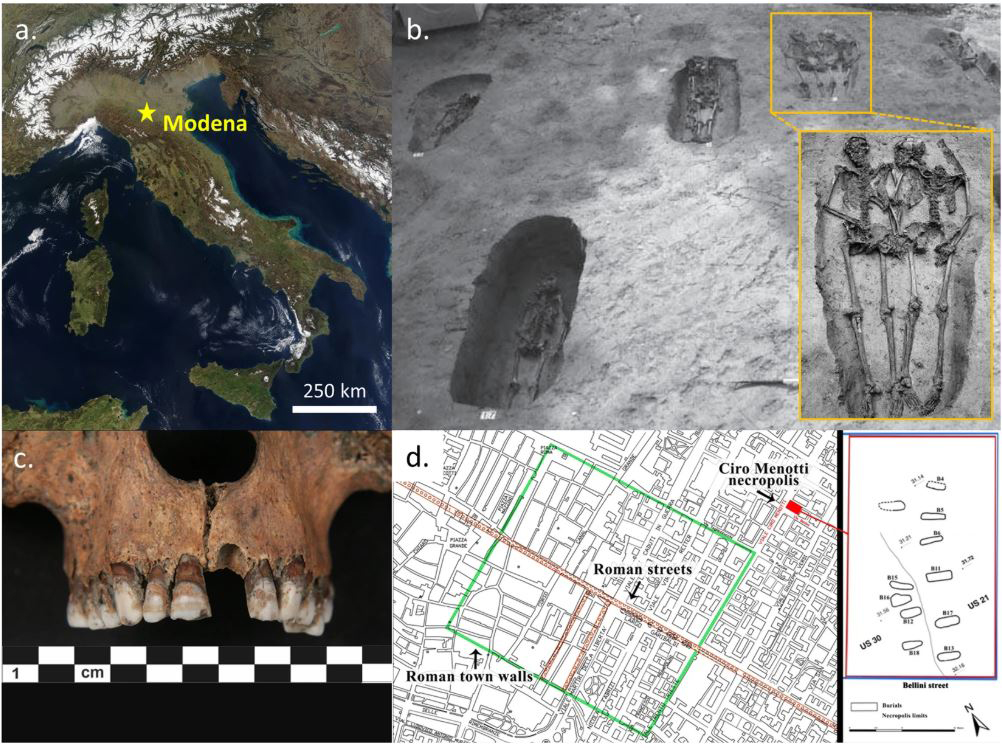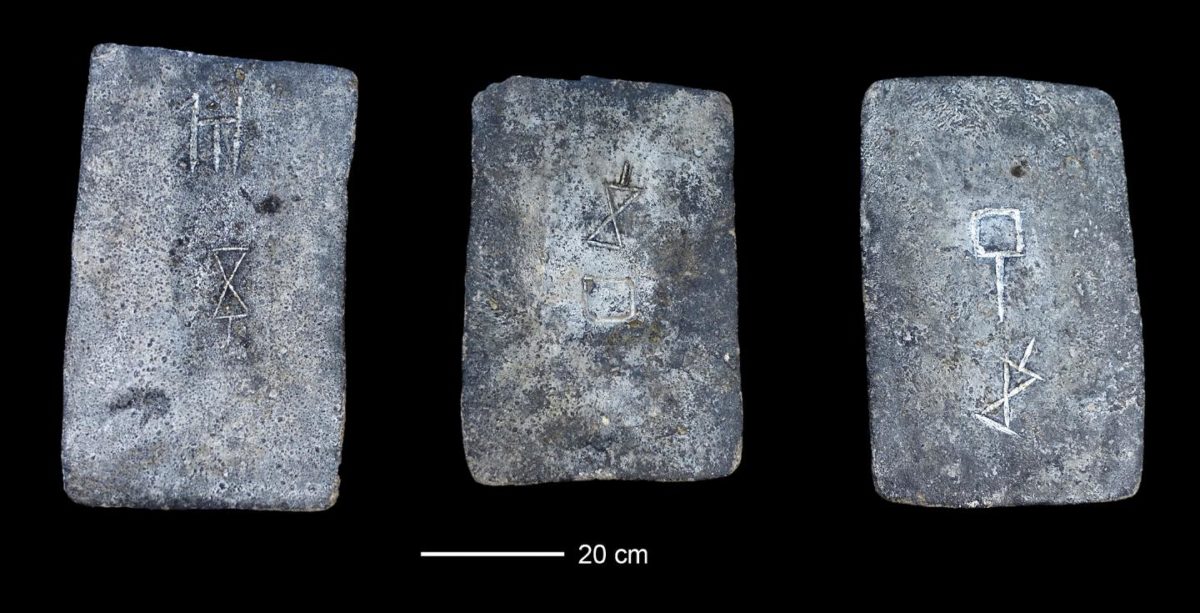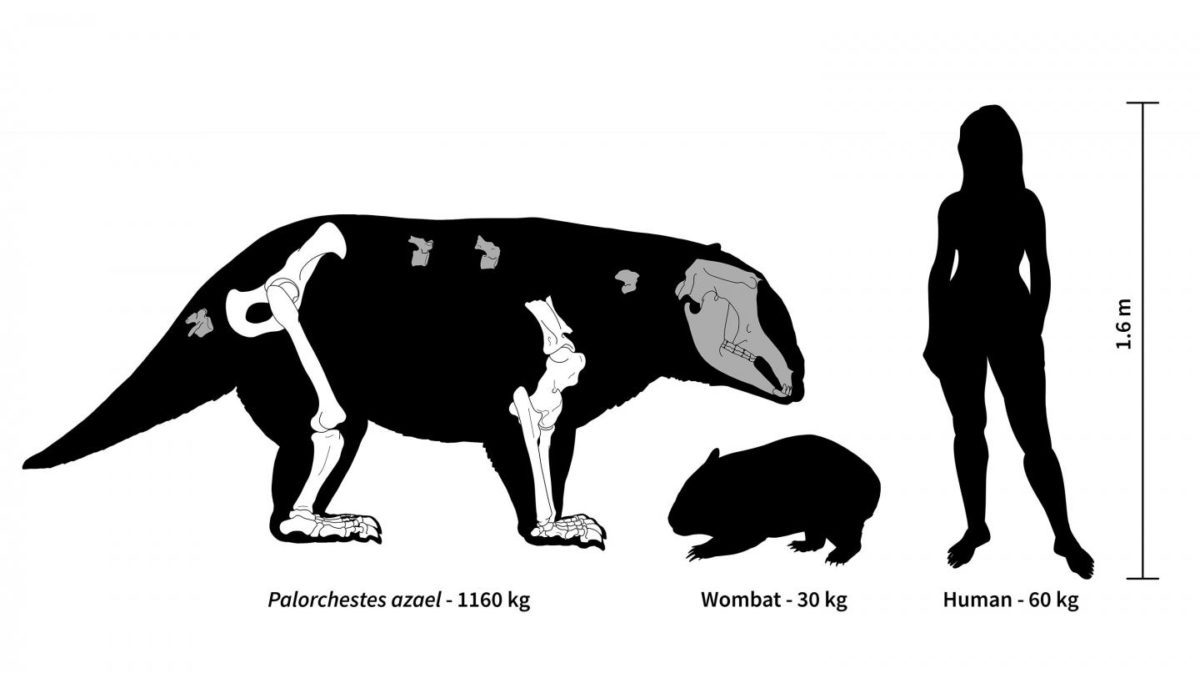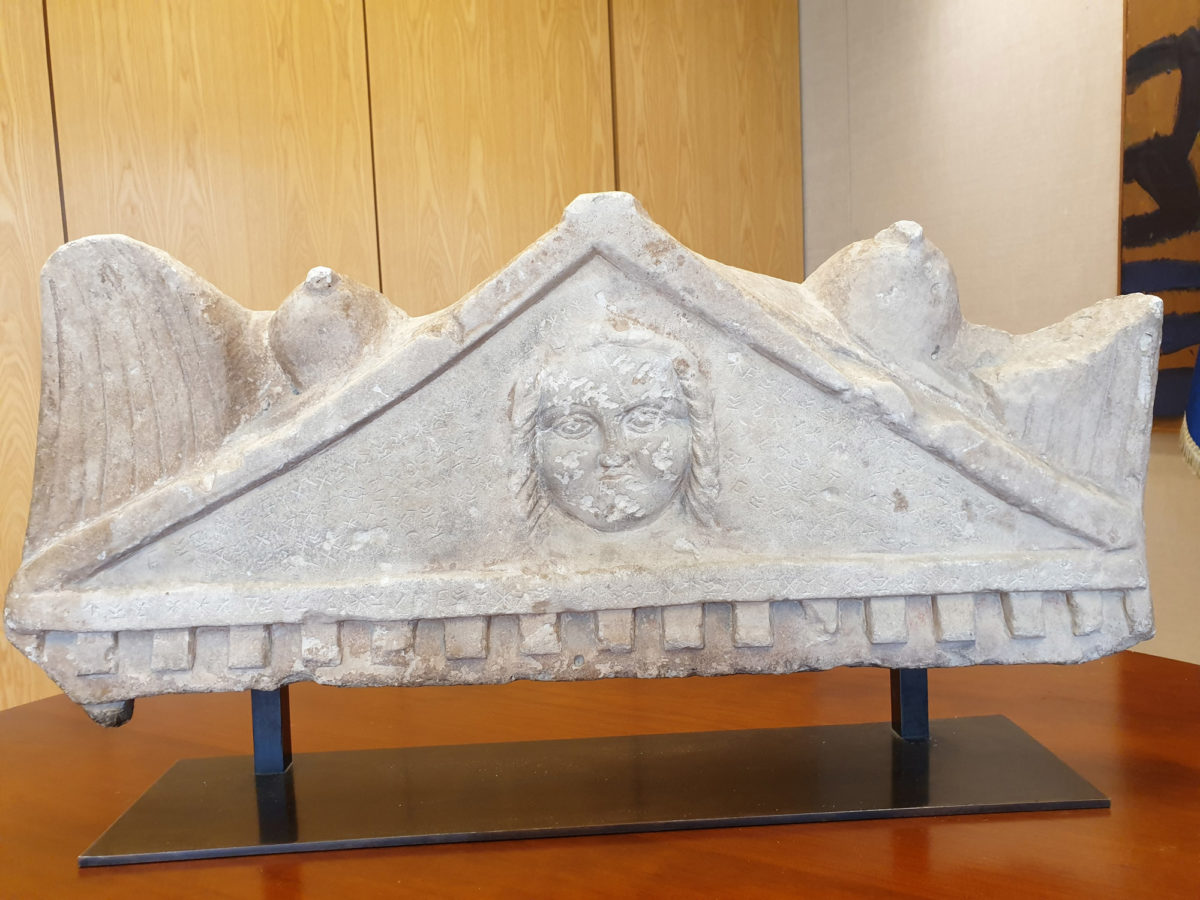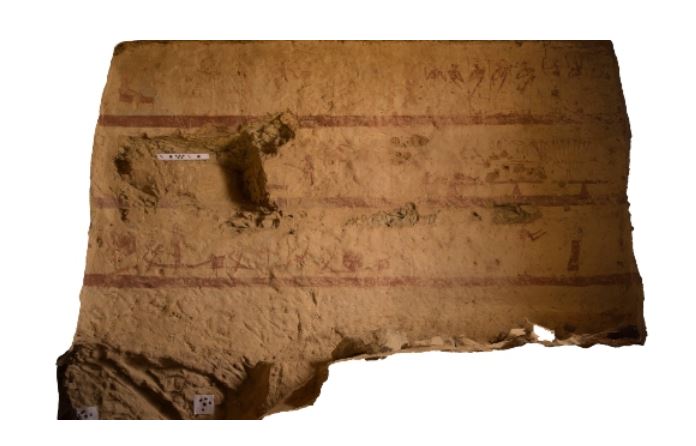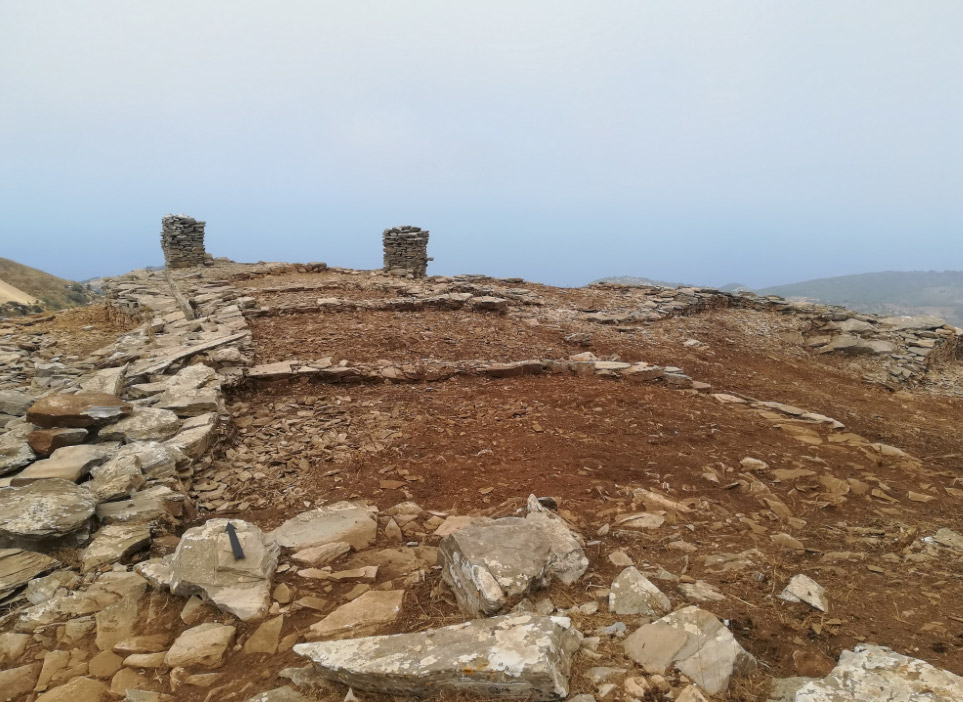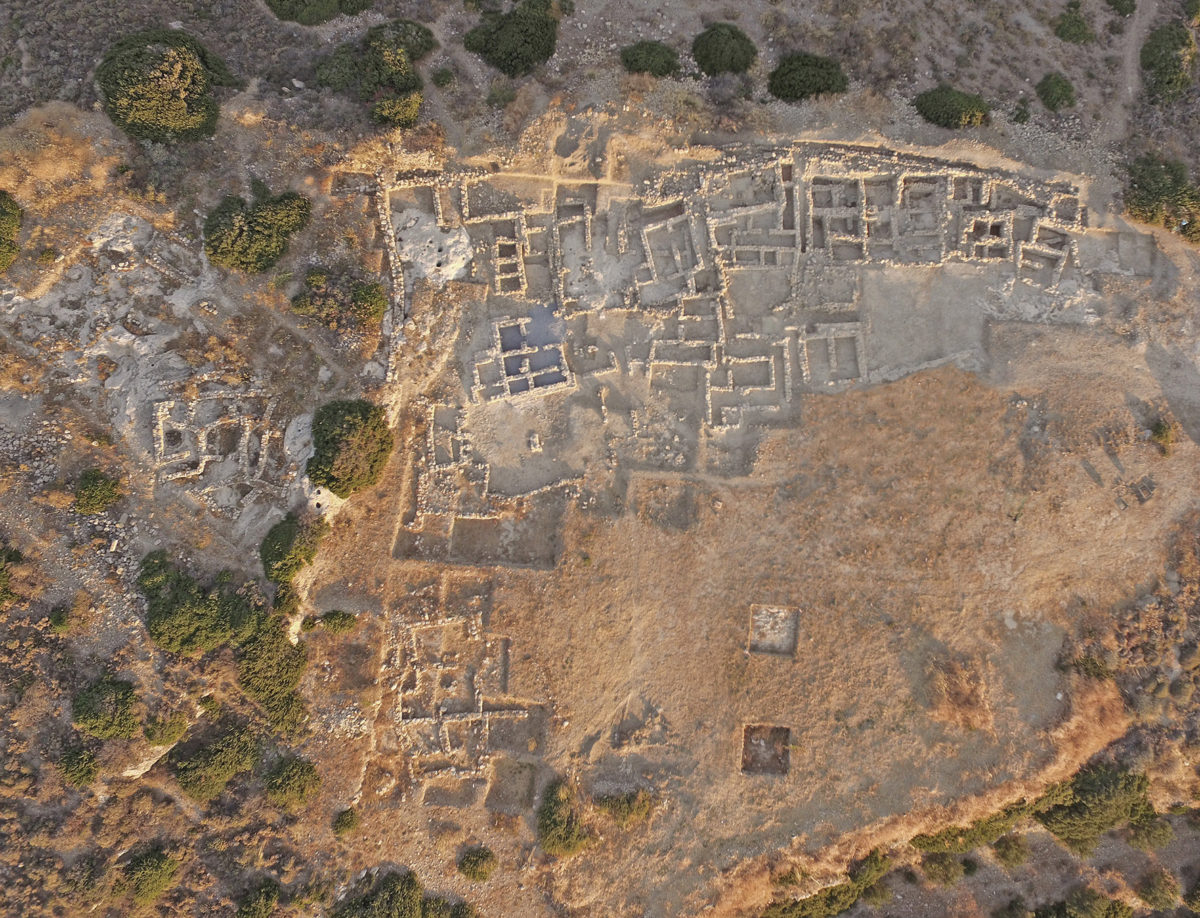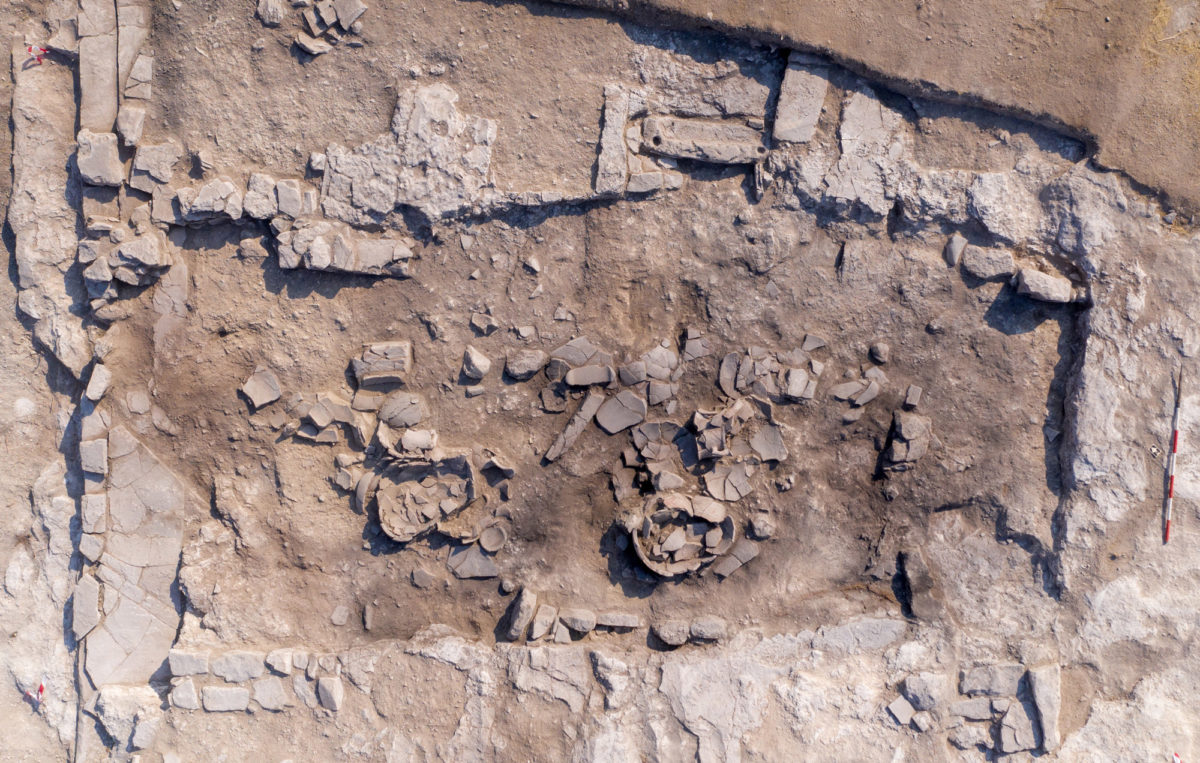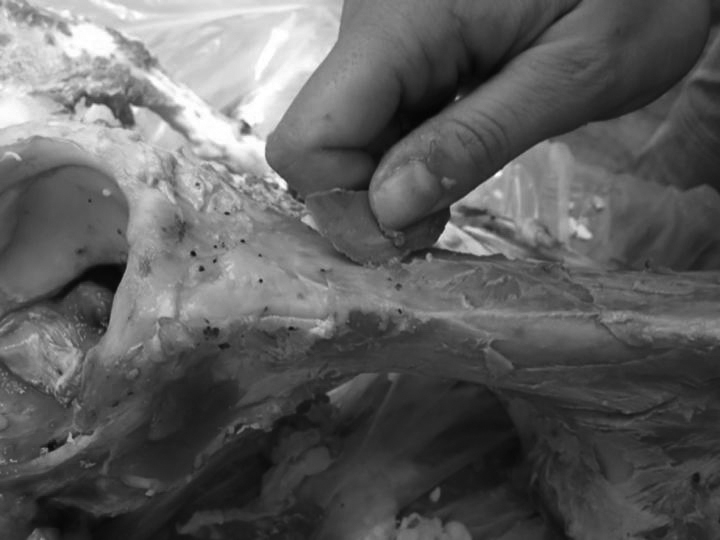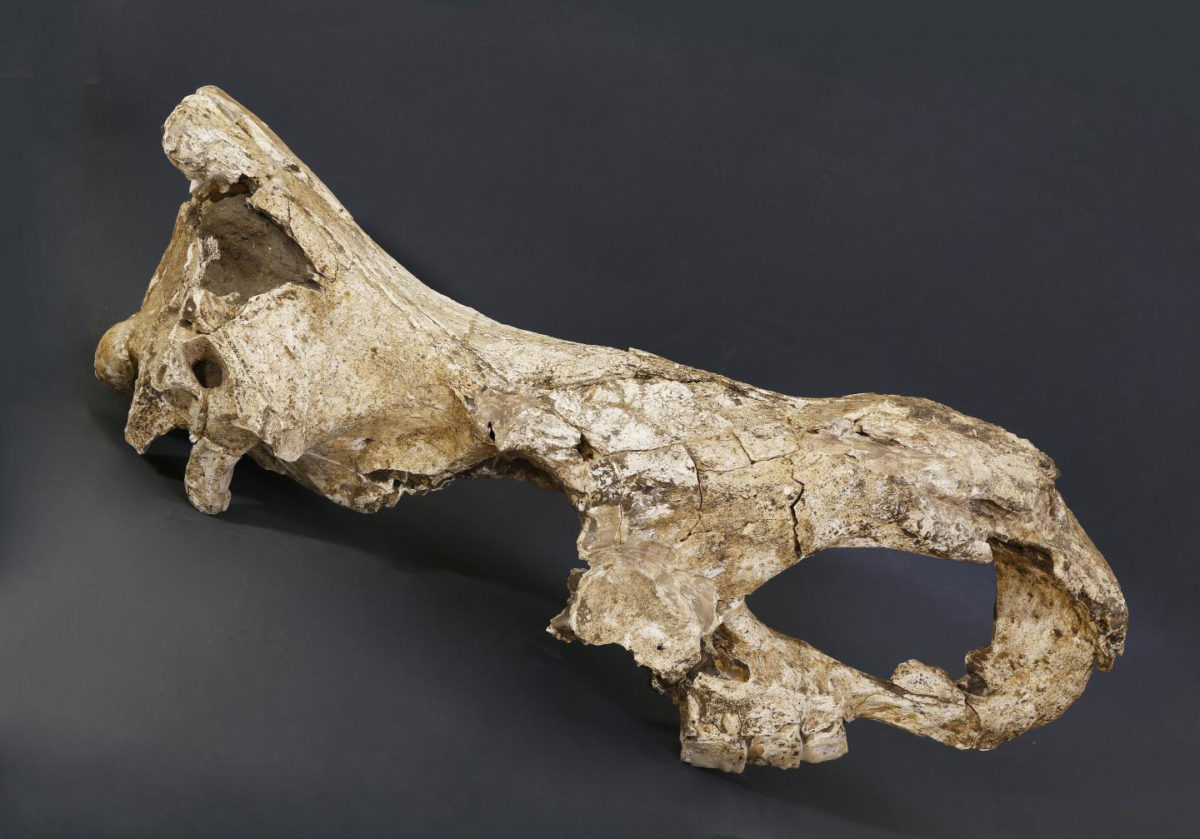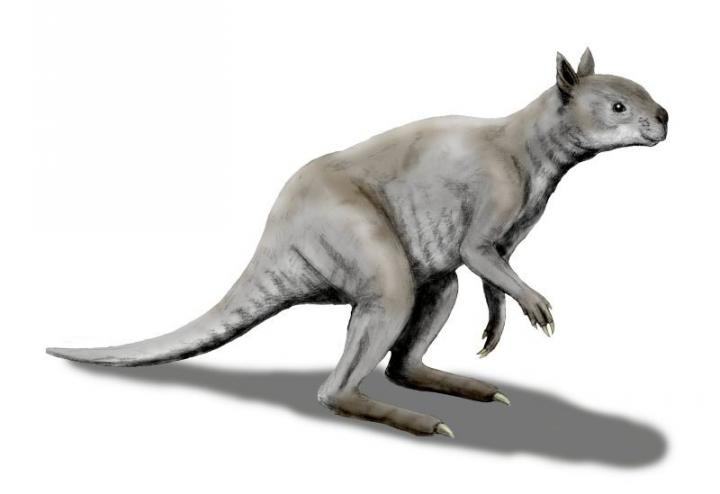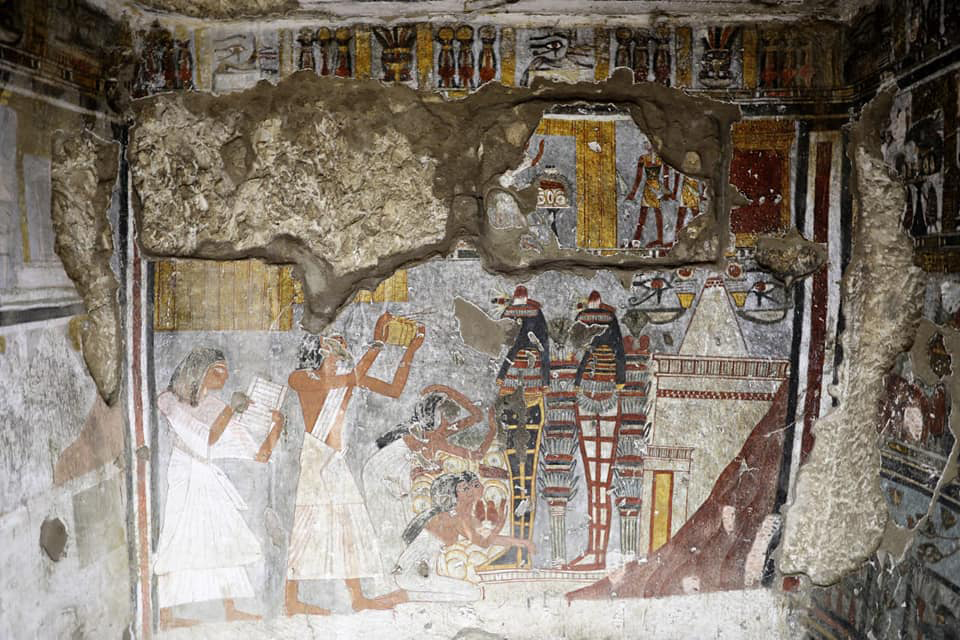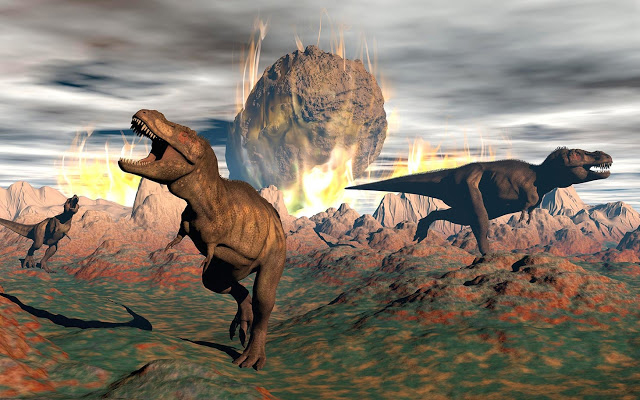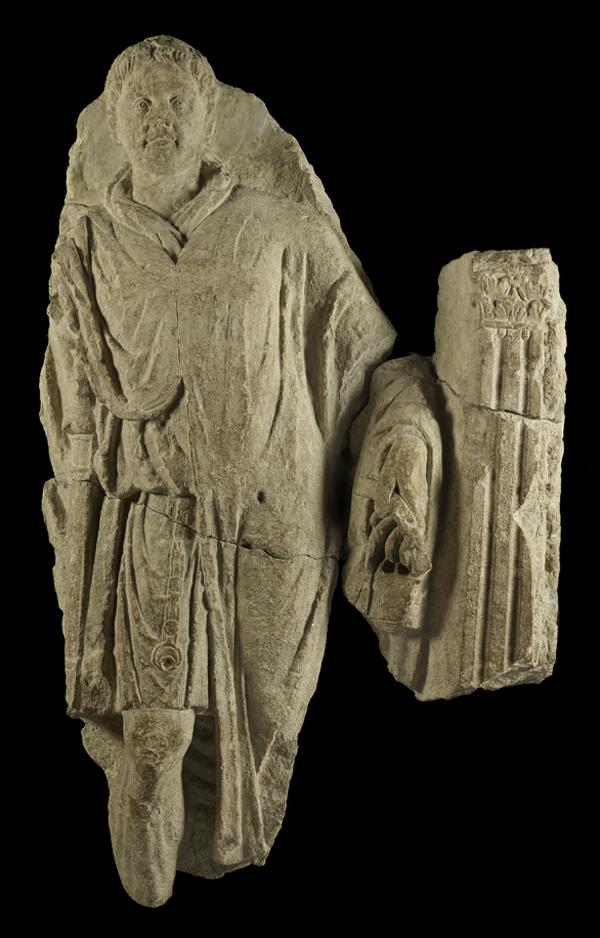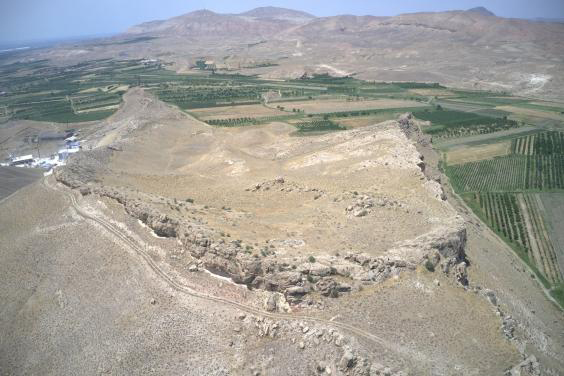Becoming familiar with the Velika Castle
Research on the Castle of Velika still has a long way to go, since only the finds in 0.74 of an acre out of 3 have been unearthed and studied.
Unveiling of ‘Calpeia’
Her remains had been found and excavated, by archaeologists working with the Gibraltar National Museum, from a cave burial near Europa Point in 1996.
Rare 10 million-year-old fossil unearths new view of human evolution
New study of an ape-like pelvis suggests human ancestors might not have been built like modern African apes.
Northern France was already inhabited more than 650,000 years ago
The first evidence of human occupation in northern France has been put back by 150,000 years.
Peristera shipwreck off Alonnisos opens to the public next summer
A total of four underwater museums will be created in Magnesia that will highlight the archaeological sites in different areas.
Coins for the Gods, Coins for the Merchants
The conference focuses on different aspects of coins to examine the phenomenon of sacred/profane coinage.
Online GIS database for Egypt’s Theban Necropolis relaunched
The OLGIS-TN is not merely a tomb finder, but a powerful reference tool for studying the Theban necropolis using maps of very high resolution.
Roman bronze cauldron unearthed in central Norway burial cairn
Sometime around 150-300 CE a person died at the place now called Gylland in the Gaula River valley, in southern Trondelag county...
The sex of the ‘Lovers of Modena’ has been classified as male
Scientists detected a particular protein isoform on both of them.
The enigma of Βronze Αge tin
Researchers use methods of the natural sciences to uncover geographic origin of archaeological tin artifacts from the Mediterranean.
Ancient Australia was home to strange marsupial giants
Extinct palorchestid marsupials likely filled a niche no longer occupied in modern Australia.
Repatriation of an inscribed pediment of a funerary stele to Cyprus
The carved pediment is very similar to another Cypriot funerary pedimental stele from the village of Tremetoushia (Larnaka District), now in the British Museum.
Lost Ptolemaic tomb rediscovered and fully documented
The tomb had originally discovered in the 19th century but its exact whereabouts had since become unknown.
Settlement from the historical period located at Pyrgari
The site is being archaeologically excavated under the supervision of the Ephorate of Antiquities of Euboea.
The Petras cemetery has been uncovered
This season’s excavation took place from 1 July to 9 August, under the Honorary Director of the Ministry of Culture, Dr Metaxia Tsipopoulou.
The new finds of Erimi-Laonin tou Porakou
Seven relevant coeval contexts different in use and function have been cleared in 2019 both in the workshop complex and in the residential quarter.
Early humans used tiny, flint ‘surgical’ tools to butcher elephants
New discovery by Tel Aviv University-led research group suggests early humans in the Levant were sophisticated and environmentally conscious.
‘Game-changing’ research could solve evolution mysteries
An evolution revolution has begun after scientists extracted genetic information from a 1.7 million-year-old rhino tooth.
Giant kangaroos of Ice Age Australia had skulls built for powerful bites
Adaptations could have allowed these kangaroos to eat tougher foods than any living Australian herbivores.
‘The Kasta Tomb is an extremely rare and significant monument’
The minister visited the Amphipolis Archaeological Museum and the workshops that carry out the conservation and restoration work of the monument's findings.
Two conservation projects in Luxor completed
Both undertakings focused on conservation and visitor access.
Rocks at asteroid impact site record first day of dinosaur extinction
a new study led by The University of Texas at Austin has confirmed it by finding hard evidence in the hundreds of feet of rocks that filled the impact crater within the first 24 hours after impact.
Bones of Roman Britons provide new clues to dietary deprivation
Researchers at the University of Bradford have shown a link between the diet of Roman Britons and their mortality rates for the first time, overturning a previously-held belief about the quality of the Roman diet.
Major fortress-settlement in the Armenian Highlands excavated
A team of researchers and students from HKU unearthed huge storage jars, animal bones and fortress walls from 3,000 years ago in Armenia as they initiated the Ararat Plain Southeast Archaeological Project (APSAP) during the summer of 2019. APSAP is


